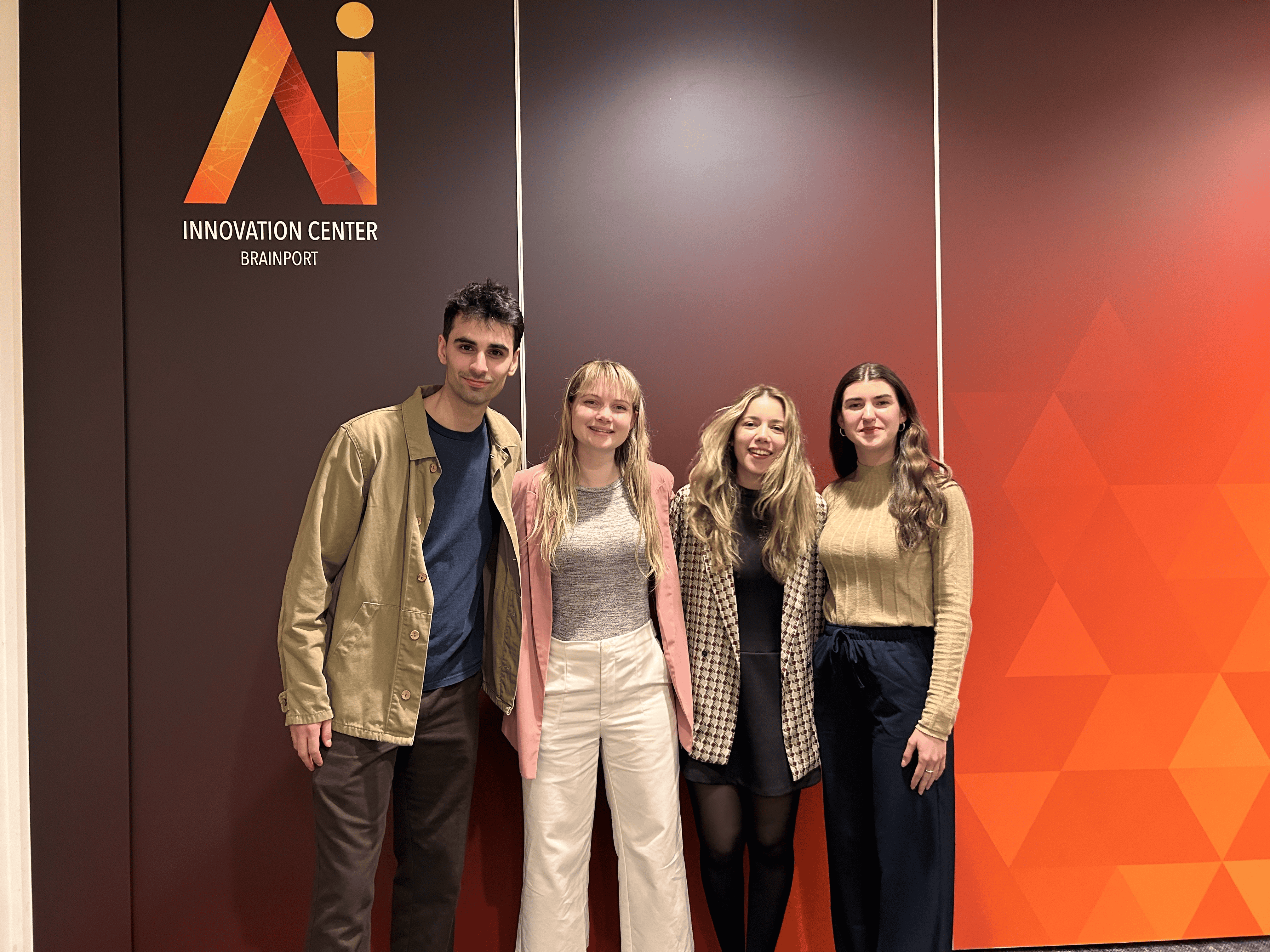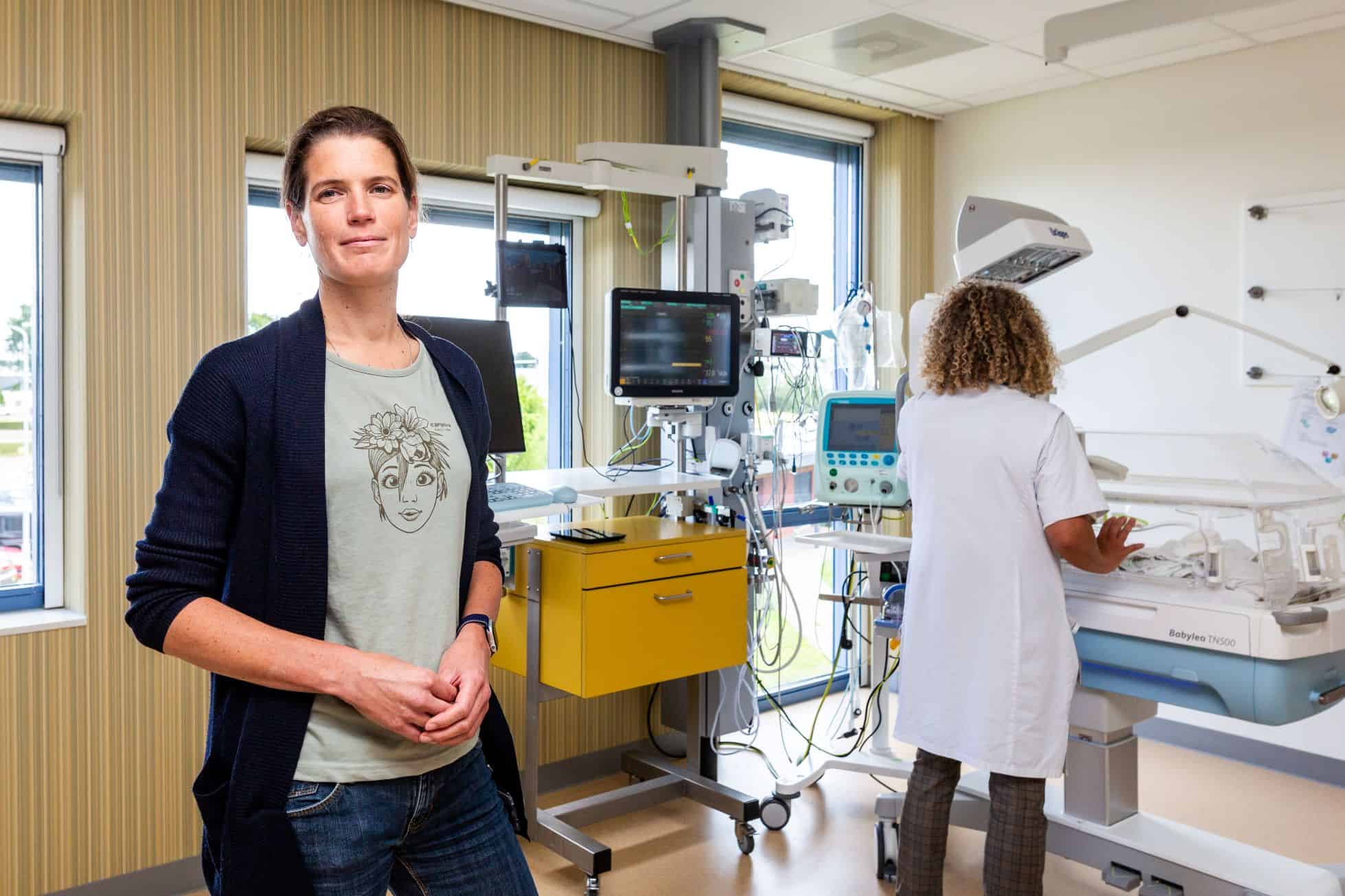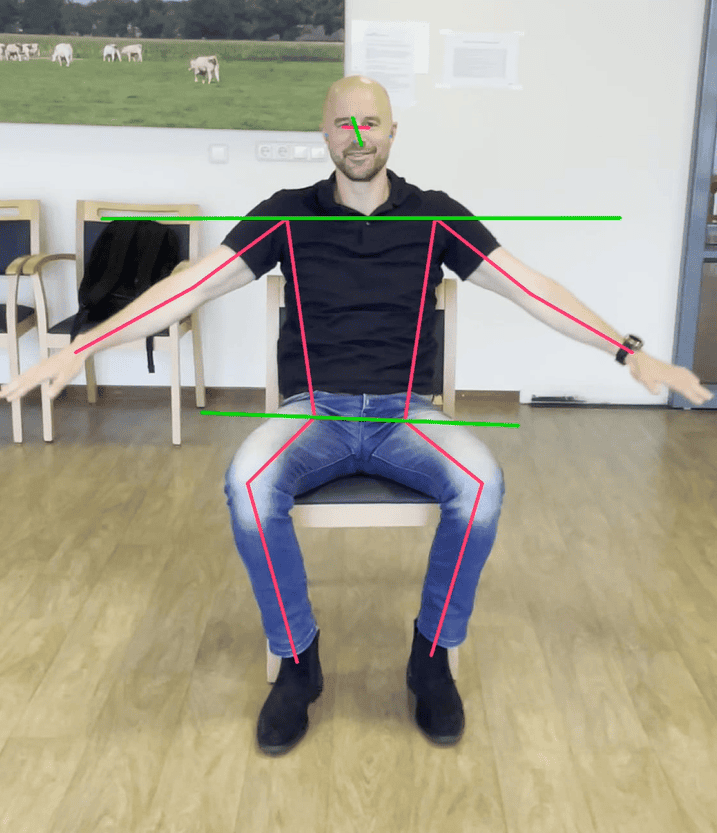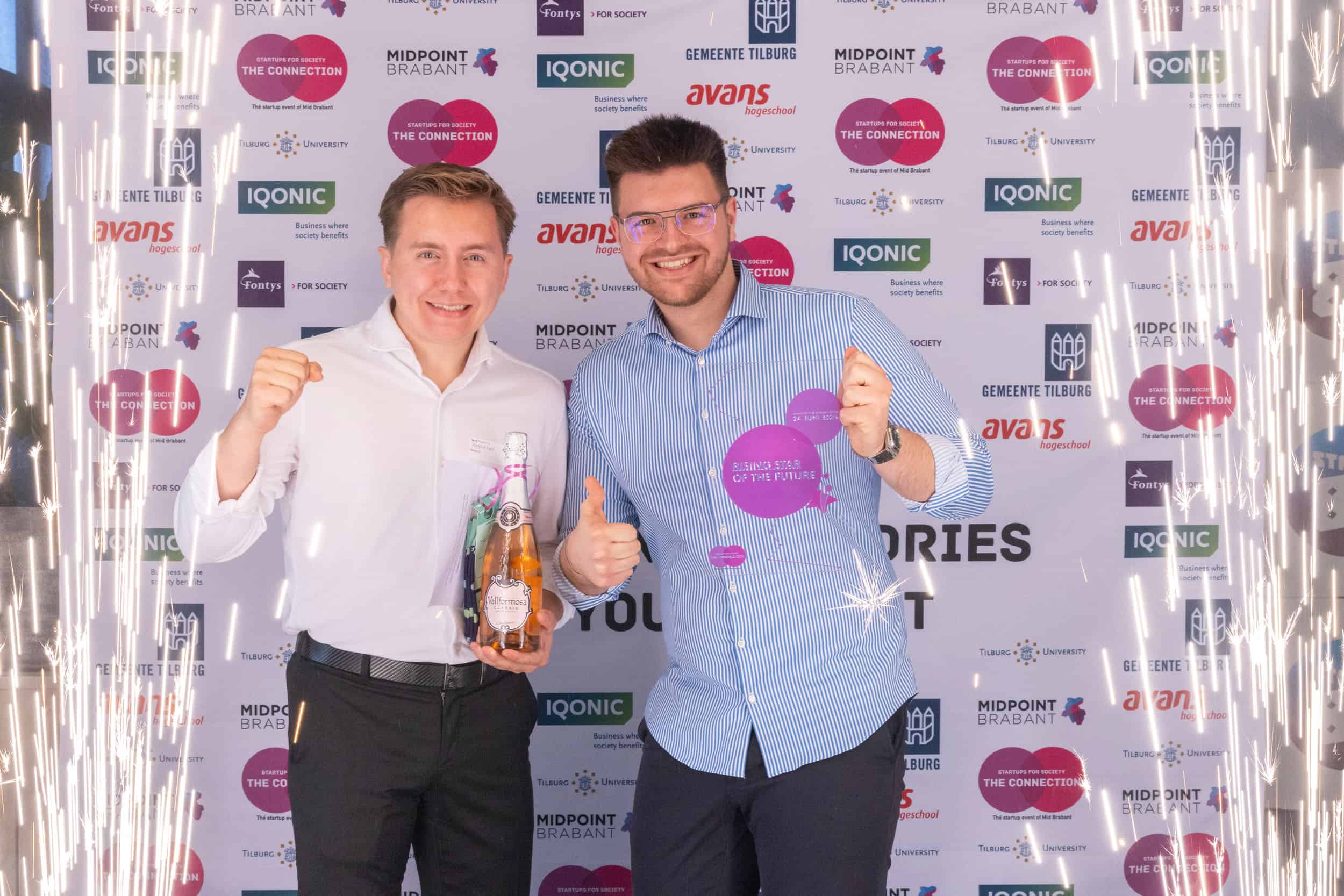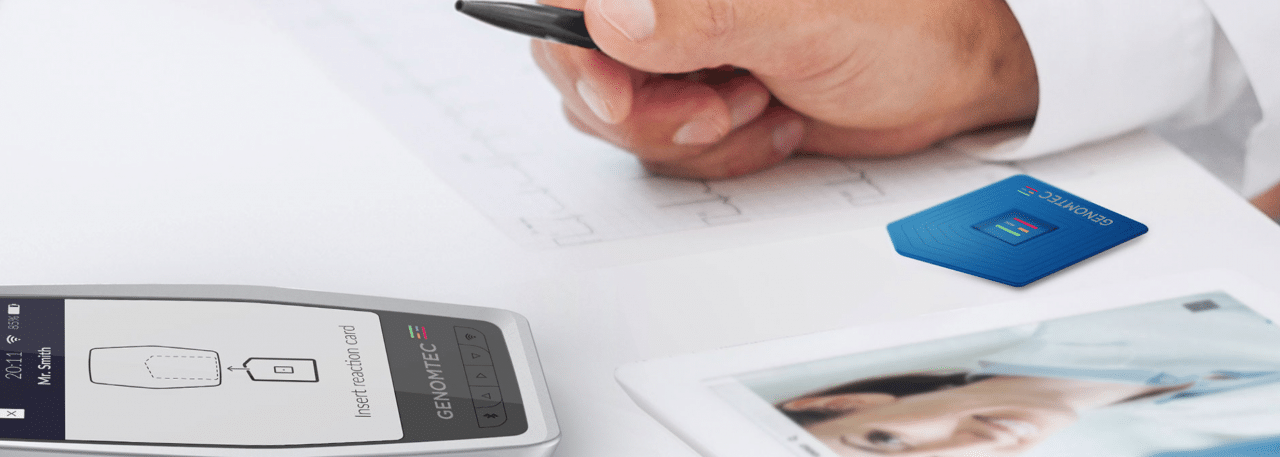
Polish start-up Genomtec is trying to introduce a compact and practical device to general practitioners (GPs). This will enable them to analyze samples on-the-spot. As well as help treat symptoms straightaway and stop a disease from spreading further.
The diagnosis requires no more than a reduced sample volume of biological material. Moreover, the examination does not need any samples to be prepared beforehand. Once the sample is placed on the test card, the device will automatically test the material and provide the results. These can then be sent directly to the patient’s medical records or to an email address.
This process is based on the amplification and detection of specific DNA and RNA fragments, i.e. standard procedure for molecular diagnostics. However, not just GPs will get to use it. Because research involving Genomtec’s technology is able to be carried out on both on humans and animals. Plus in the fields of agriculture, the food industry and environmental contamination control. This technology is easy to use so that family doctors, pediatricians, oncologists, veterinarians, scientists, and also regular consumers will be able to operate it. Nonetheless, the technology is still undergoing further development. Although it already has a number of implementation options in many areas of medicine,. These include liquid biopsy, immunological and biochemical tests.
Innovation Origins talked with Genomtec’s CEO and co-founder Miron Tokarski, here is what he had to say:

What can you tell me about your technology?
As you know, there are several competitors on the market. Though almost all currently use the old-fashioned qPCR technology. This is very energy-inefficient and also needs plenty of effective cooling in order to be able to provide the results as soon as possible. So, from day one, we decided that we need to move from the qPCR technology to a more novel technology. As in an isothermal technology. This has a lower energy consumption, which means that the device can be made smaller in structure.
Consequently, that was when we first realized that we needed to move from qPCR to isothermal technology. Then our co-founder Henryk sent us a very good idea for heating the system and measuring the temperature. This is important as these technologies require that all samples are all treated in a certain way. Subsequently, he found that it might be interesting to use optical heating. It means that we are using very powerful LEDs. These heat the test cards so that they are at the right temperature without the use of any other heating systems or sensors, or without any other active elements besides the test cards. The heating elements and the control temperature elements are built into the hardware of the control device. That way, we are able to heat the sample and measure the temperature at the same time. This ensures the temperature level will not experience any interference. This was quite interesting, because energy consumption is kept to a minimum so we can maintain the exact same temperature level more efficiently.
At that time, we also started work on acids which makes it possible to detect virilization patterns. We are still focusing on developing an acid which has a very low risk of detection and that can aid diagnosis as fast as possible. We are now able to get the results within seven minutes after the process has started.
And, who can use the Genomtec technology?
In general, this is intended for general practitioners (GPs). There is a high number of antibiotics being prescribed around the world. This is being done outside of hospitals and GPs sometimes don’t have enough experience or the necessary equipment. Therefore, this is a quite affordable device that we want GPs to have. They are then able to start with the correct treatment straight after the first visit. This means that the disease won’t advance any further and in many cases the patients will no longer need to go to hospital.

What has been the biggest obstacle during the creation of the start-up?
From my perspective this has to do with microbiology. The quality of the acid is very important because you need to have results that are constant. And also, we’ve stated that if you want to use equipment on site, you cannot use refrigerators to store the test cards. That means that you need to build equipment that is compatible for applications at room temperature. So, taking all those factors into account, building a state-of-the-art technology that will not affect the sample. However, it must be fast and specific enough at the same time. This has been our biggest challenge from the start. Back then, we thought this was our ultimate goal. But, of course, there were some tough moments when it came to developing this. Because at first, the acids were not acting in the way we wanted. It took over a year to finally develop the first acid that was extremely effective.
And the most rewarding moment?
This was right at the start when we eventually found a way to develop this acid. As we are taking a different approach from other people, this is particularly interesting. But, another very good time was at the beginning of this year when we received the Fast Track to Innovation grant. It is partially funded by the EU and the Polish government, it’s a grant of $2.5 million (€2.2 million). This is quite substantial for technological development. It was an endorsement that the experts saw potential for a real breakthrough solution.
What can we expect from Genomtec in the future?
Now we are moving into this production phase for the test cards. In the next few months we will finalize the so-called beta system, and of course then enter the clinical trial phase. Over 500 patient samples will be tested so that means we will be able to verify our parameters. This is what will happen over the next 12 months. And this falls in line with our idea of bringing the device onto the European market in 2021.



